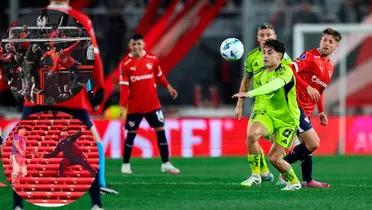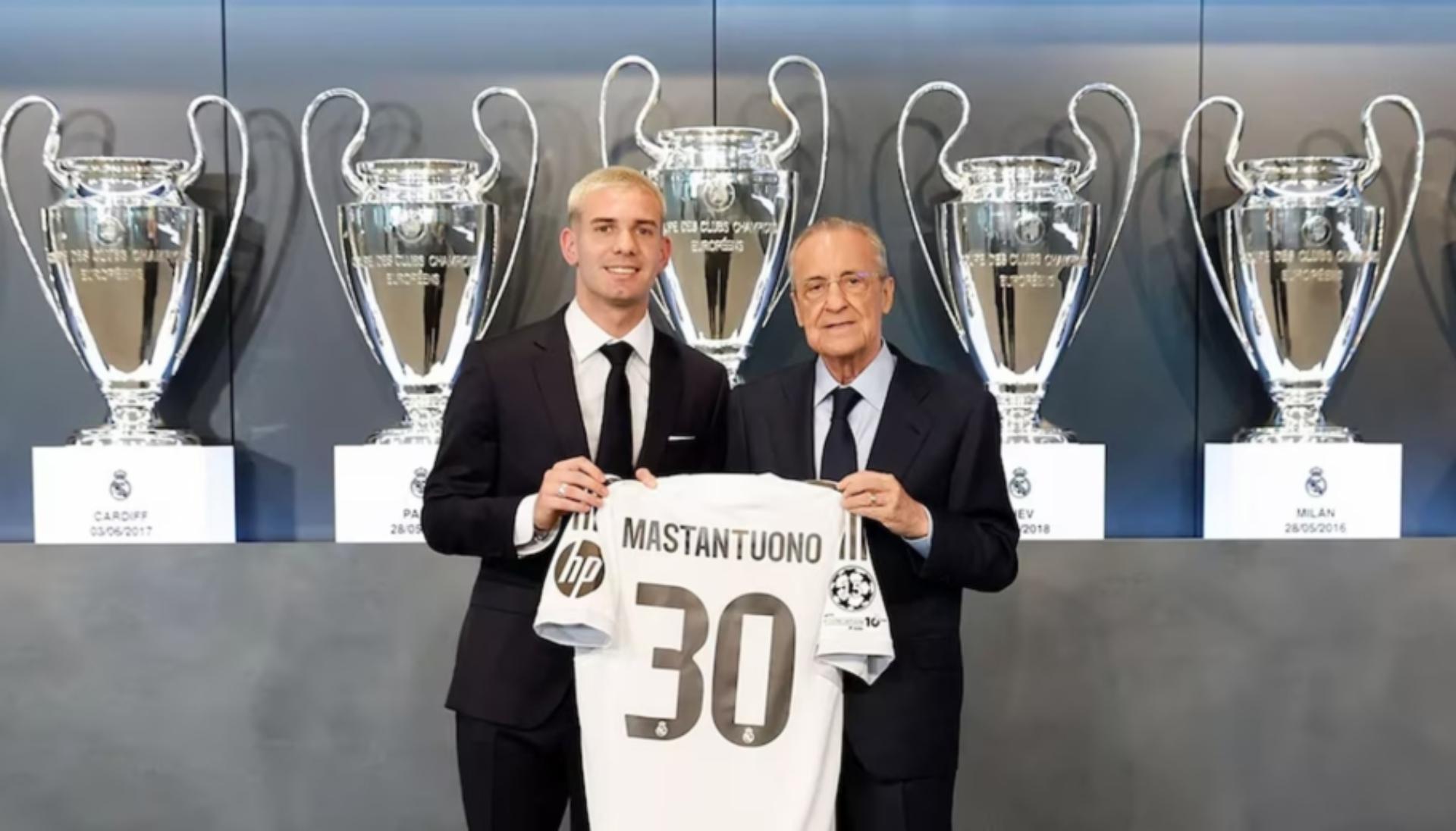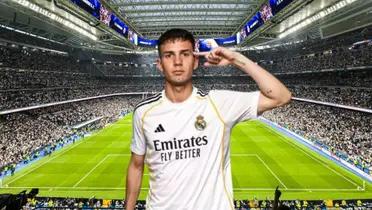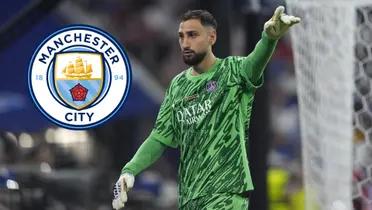Lionel Messi's pay: PSG vs. Inter Miami - The numbers compared
The Messi Business: Analysing His Inter Miami Financial Package.
By Ramiro Diaz

Lionel Messi's move to Inter Miami in the MLS has sparked countless debates, not only because of the sporting impact of his arrival in American football, but also because of the economic implications of this move. Comparing his salary at Paris Saint-Germain (PSG) with his earnings at Inter Miami requires a thorough analysis, considering not only the base salary, but also commercial agreements and the opportunities that open up in a new market. According to information from MARCA, Messi received 40.5 million euros annually at PSG, while his base salary at Inter Miami is estimated at 20 million dollars, making him the highest paid player in the league. However, thanks to agreements and sponsorships, his annual income could rise to 50 million dollars. This article explores this financial transition in detail.
Reign in Paris: A Superstar Salary
During his time at PSG, Messi enjoyed a salary befitting his status as a football legend. The 40.5 million euros per year that, according to MARCA, he received, placed him among the highest paid footballers in the world. This figure reflected not only his immense talent on the pitch, but also the commercial value he brought to the Parisian club. His presence generated an increase in shirt sales, sponsorship deals, and, of course, greater media interest in Ligue 1.
This salary, however, was not just a payment for playing football. It represented a strategic investment by PSG, which sought to consolidate itself as one of the most powerful clubs in the world. The image of Messi wearing the Parisian team's shirt was an invaluable asset, transcending purely sporting matters.
Landing in Miami: A New Financial Approach
Messi's signing for Inter Miami marks a significant change in his professional career and, therefore, in his salary structure. While his base salary in the MLS, estimated at 20 million dollars annually according to MARCA, is considerably lower than what he earned at PSG, the financial equation is completed with a series of agreements and sponsorships that raise his annual income to 50 million dollars.
This new approach reflects the MLS strategy of attracting world-class talent, not only by offering high salaries, but also by creating an environment conducive to business development and maximising image rights revenue. Messi is not just a football player in Miami; he is a global brand that generates an economic impact throughout the league.
Beyond the Base Salary: The Power of Commercial Agreements
The crucial difference between Messi's salary at PSG and his earnings at Inter Miami lies in the importance of commercial agreements. In Paris, his salary was the main source of income, while in Miami, sponsorships and agreements with brands like Adidas and Apple TV play a fundamental role.
- Adidas: Messi's historic relationship with Adidas is strengthened by his arrival in the MLS. The increased visibility of the league in the US market is expected to generate an increase in sales of the brand's products, benefiting both Adidas and Messi himself.
- Apple TV: The MLS agreement with Apple TV, which broadcasts league matches globally, represents a unique opportunity for Messi. His presence in the league increases the platform's appeal, which translates into higher revenue for the MLS and, potentially, a share of that revenue for the player.
- Equity Stake: There have been rumours of Messi acquiring an equity stake in Inter Miami once he retires. This would not only guarantee him long-term income, but also make him an active part of the club's growth.
These agreements, added to other personal sponsorships, are what allow Messi to reach 50 million dollars in annual income, even surpassing, in gross terms, what he earned at PSG.
The Impact on the MLS: A Before and After
Messi's arrival in the MLS not only impacts his personal finances, but also represents a before and after for the league. His presence attracts new fans, increases global visibility and raises the level of competition. This "Messi effect" translates into higher revenue for the league, the clubs and, of course, for the player himself.
In addition, Messi's arrival in Miami generates an economic impact on the city, boosting tourism, hospitality and other sectors. His figure becomes a magnet for investment and development, consolidating Miami as an important sports and entertainment centre.
Conclusion: A Strategic Shift
Messi's transition from PSG to Inter Miami represents a strategic shift in his career, both sporting and economic. While his base salary in the MLS is lower than what he earned in Paris, the set of commercial agreements and the opportunities that open up in the US market allow him to maintain and even surpass his annual income.
This move not only benefits Messi, but also generates a positive impact on the MLS and the city of Miami. His presence consolidates the league's growth and positions it as an attractive destination for other world football stars. Ultimately, Messi's arrival in Miami is much more than just a signing; it is a long-term investment that redefines the landscape of football in the United States.
More news

THE GANG IS HERE! First Argentine Stars Arrive in Buenos Aires for Final Qualifier Push!
01/09/2025

TRANSFER COLLAPSES! Julio Enciso Fails Medical Exams, Returns to Brighton!
27/08/2025

Vini doesn't feel entirely comfortable at Real Madrid anymore and is seeking a future at another club
26/08/2025

HERE WE GO! Piero Hincapié Says YES to Arsenal, Club Prepares Final Bid for Leverkusen Star!
26/08/2025

THE REAL MADRID SHOWDOWN: Nico Paz's Future Sparks a Bidding War Across Europe!
25/08/2025

SOUTH AMERICAN SHAME: Independiente vs. U. de Chile Match Canceled After Horrific Incidents!
21/08/2025

Rodrygo Benched by Xabi Alonso: The End of an Era at Real Madrid?
20/08/2025

THE DEBUTS ARE HERE! Estupiñán & Modrić Step Onto the San Siro Stage!
18/08/2025

CONTROVERSY IGNITES! Barcelona Opens Season with a Contested 2-0 Victory Over Mallorca!
18/08/2025

Franco Mastantuono: A New Number 30 for Real Madrid with a Nod to the Past
14/08/2025

HISTORY MADE! PSG Wins First-Ever Super Cup Title in Thrilling Penalty Shootout!
14/08/2025

Mastantuono Arrives at Valdebebas for Real Madrid Presentation
13/08/2025

ON AND OFF THE PITCH: Is Nicki Nicole the New WAG of Barcelona's Lamine Yamal?
13/08/2025

Donnarumma Bids Farewell to Paris Saint-Germain at the Peak of His Career
13/08/2025

THE ULTIMATUM: PSG Puts Donnarumma on the Transfer Market for a Bargain Price!
13/08/2025

MONEY TALKS? Barça's Salary Offer Could Lure Hincapié from Leverkusen!
12/08/2025

SHOCK SNUB! Donnarumma Left Out of Super Cup Squad, Fuelling PSG Exit Rumors!
12/08/2025

Fede Valverde didn't go to the friendly match against WSG to recover
12/08/2025



